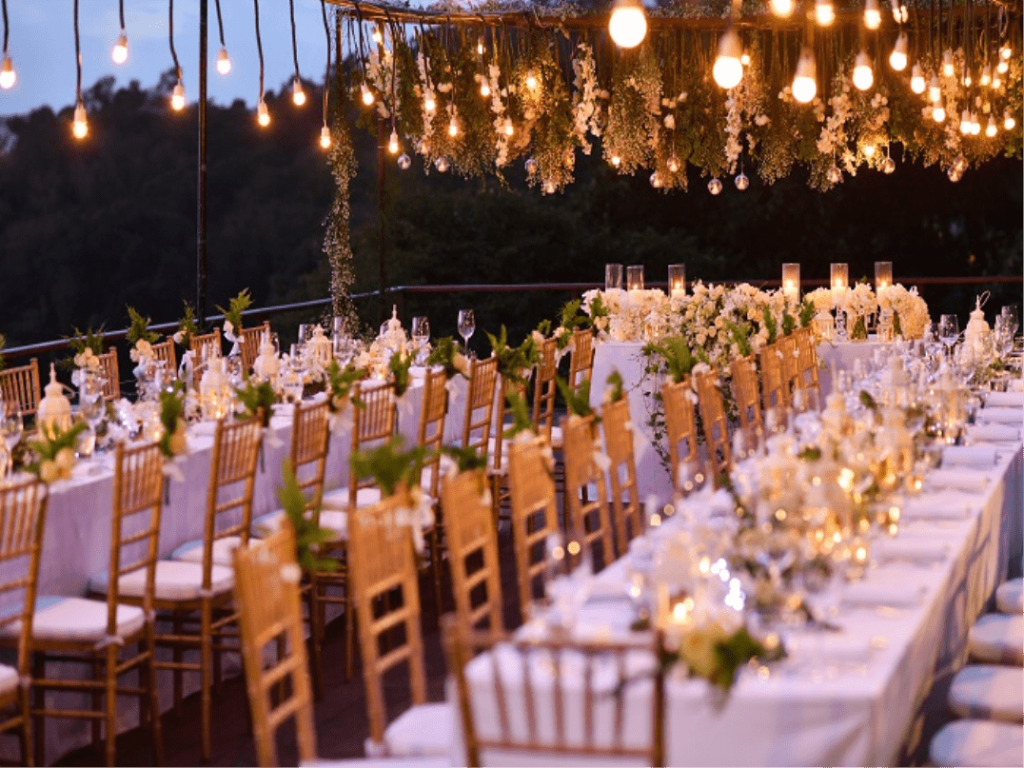Love is blossoming, and if you’ve connected with Arab friends, chances are a beautiful دعوة زفاف (daʻwat zifaaf), a wedding in Arabic invitation, might just land in your hands! To help you navigate and even participate in the joyous occasion, we’ve put together some essential Arabic phrases and vocabulary for weddings. Knowing these will surely bring a smile to your face, almost as bright as that of the عروس (ʻaroos), the Arabic bride, and the عريس (ʻarees), the bride and groom in Arabic. While arab weddings and their customs can vary from country to country, this guide will walk you through the common stages of زواج (zawaaj), the Arabic word for wedding or weddings in Arabic, that you’ll likely encounter in the Middle East.
The Road to an Arab Wedding: The Journey to “I Do”:
So, how does this beautiful journey begin?
- The Marriage Proposal (طلب زواج – Talab zawaaj): Just like in many Western cultures, Arabic marriages often start with a formal marriage proposal in Arabic. This significant step involves a special meeting between the two families, known as جاهة (jaahah).
- The Agreement (كتب كتاب – Katib ktaab): During the jaahah, the families discuss and agree upon the details of the marriage contract, the katib ktaab, which literally translates to “the writing of the book.” This includes important aspects like the مهر (mahr), the dowry, the wedding venue, and where the couple will begin their life together.
- Engagement (مخطوب – makhtoob): Once the families reach an agreement, the couple is officially مخطوب (makhtoob), or engaged. The خطيب (khateeb), the fiancé, and the خطيبة (khateebah), the fiancée, then spend time getting to know each other, a period that can last from a few weeks to over a year.
- Engagement Party (حفلة خطوبة – Haflat khutoobah): The khateebah might also host a حفلة خطوبة (Haflat khutoobah), an engagement in Arabic celebration, during this time.
Celebrating the Union:
The Arab wedding celebration usually takes place in a large صالة (Saalah), or hall. Depending on the traditions, the men and women might celebrate in separate areas, or the celebration might be mixed.
- Warm Welcomes and Congratulations (Arabic greetings for wedding): Upon arrival, you’ll likely be greeted by the والد العروس (waalidu alʻaroos), the father of the bride, or والد العريس (waalidu alʻarees), the father of the groom, or both. Be sure to offer a heartfelt مبروك! (mabrook!), meaning congratulations in Arabic! This is a key phrase of what to say in Arabic when someone gets married. You might also hear ألف مبروك (Alf mabrook), which means “a thousand congratulations!”
- The Festivities (احتفال – iHtifaal): Once inside, you’ll be shown to your seat. The iHtifaal then begins, often filled with vibrant traditional music and dancing enjoyed by everyone.
- The Wedding Feast: Later in the celebration, a delicious meal is usually served.
- The Sweet Tradition (كعكة الزفاف – kaʻkat azzifaaf / Arab wedding cake): No arab wedding is complete without the cutting of the traditional kaʻkat azzifaaf, the Arab wedding cake.
- More Merriment: The celebration continues with more dancing and socializing until the guests begin to depart.
- The Start of a New Chapter (شهر عسل – shahr ʻasal): Finally, the ʻaroos and ʻarees embark on their شهر عسل (shahr ʻasal), their honeymoon.
Key Arabic Phrases for the Big Day:
- Yes! (نعم – naʻam): The fundamental way to say “yes in Arabic” or “what is yes in Arabic.”
- Saying “I Do” (The Nuances of Agreement): While there isn’t a direct equivalent to the Western “I do” in all Arabic wedding ceremonies, the nikah (nikah words in Arabic), the marriage contract, involves a clear declaration of acceptance (قبول – qabool) by both the Arabic bride and groom when asked if they agree to the marriage. You might hear phrases like:
- “I accept.” (said by both bride and groom) – قبلت (qabiltu)
- “Yes, I agree.” These Arabic wedding vows, or wedding vows in Arabic (in the sense of expressing agreement), are central to the nikah. – نعم، أوافق (naʻam, uwaafiqu)
- Bride and Groom’s Attire (Arab wedding attire): While styles vary regionally, you might see the Arabic bride in a stunning, often intricately embroidered gown, and the groom in traditional or formal wear.
Understanding Arab Wedding Culture (Arab weddings / Middle Eastern weddings):
Attending a Middle Eastern wedding can be a unique and enriching experience. Here are a few cultural aspects to keep in mind:
- Family is Central: Family plays a vital role in all aspects of the wedding, from the initial proposal to the celebration itself.
- Gender Dynamics: In some more traditional Arab weddings, there might be separate celebrations for men and women.
- Generosity and Hospitality: Guests are usually treated with immense generosity and hospitality.
In Conclusion:
Now that you have a grasp of the Arabic vocabulary for weddings and some common customs, you’ll feel more confident and connected if you attend one. So, embrace the joyous atmosphere, offer a hearty “mabrook in Arabic,” and maybe even join in the dancing!
If you’re “married” to the idea of learning more Arabic, download our Android and iOS app for an engaging journey into the language and culture!



